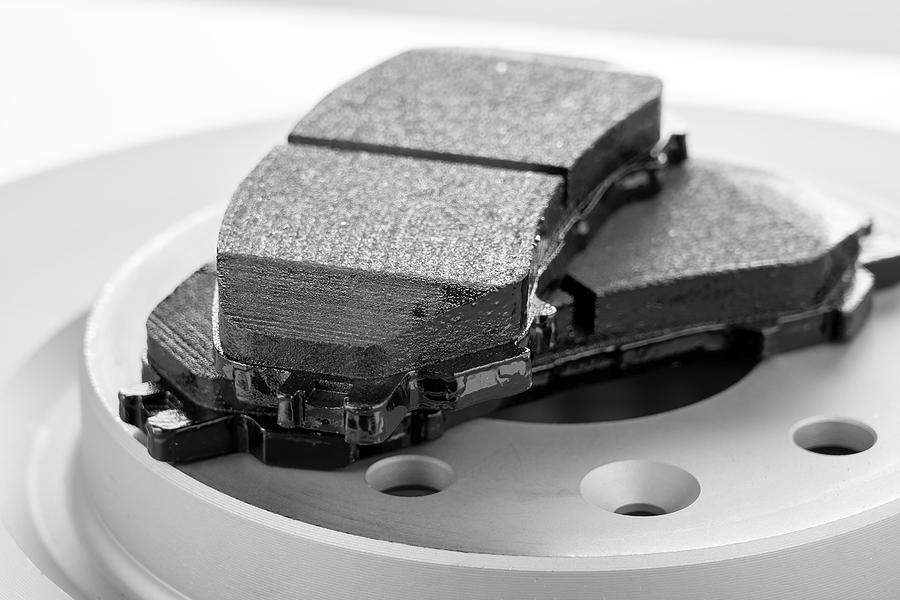
Overview
Brake pads play a critical role in a vehicle’s stopping power. Over time, they wear down, and replacement is necessary to ensure safe driving. This article details the signs and routines for effective brake pad maintenance.
Performance Warning
One of the earliest signs of brake pad wear is a change in braking performance. You may notice longer stopping distances or a subtle change in pedal feel. Early recognition of these cues is vital to avoid more serious damage.
Auditory Cues
A squeaking or grinding noise when braking often signals that the pads are nearing the end of their service life. These sounds occur when the wear indicators contact the rotor. Listening carefully during braking can alert you to the need for replacement.
Visual Checks
Regularly inspect the brake pads by removing the wheel or checking through the openings in the wheel well. Look for a reduced pad thickness. A quick visual assessment is a useful routine maintenance step.
Routine Maintenance
Incorporate brake inspections into your regular service schedule. Periodic checks help detect issues early and ensure that the braking system remains responsive. This regularity is key to maintaining overall vehicle safety.
Driving Conditions
Frequent stop-and-go driving or heavy loads can accelerate pad wear. Being mindful of driving habits and adjusting accordingly can extend the life of your brake pads. However, continuous stress on the system will eventually necessitate a change.
Service Intervals
Consult a trusted service guide to know the recommended service intervals. This information helps plan when to have your brake system checked professionally. Consistent adherence to these intervals supports long-term performance.

Safety First
Never ignore warning signs in the braking system. The integrity of your brakes is nonnegotiable when it comes to personal safety. Prompt attention to any concerns avoids potential hazards on the road.
Cost Efficiency
Timely replacement of brake pads is also cost efficient. Addressing wear before it causes damage to the rotors or calipers saves money in the long run. A small expense now prevents a much larger repair bill later.
DIY Considerations
While some car owners perform brake pad changes themselves, be sure to have the proper tools and knowledge. A careful approach ensures the job is done safely. If uncertain, professional help is recommended for peace of mind.
Final Reflection
Monitoring brake pad wear is a proactive measure in maintaining overall vehicle safety. By paying attention to performance changes, listening for unusual sounds, and conducting visual checks, you can know when it is time to change your brake pads. This consistent vigilance not only protects you but also preserves the health of your entire braking system.